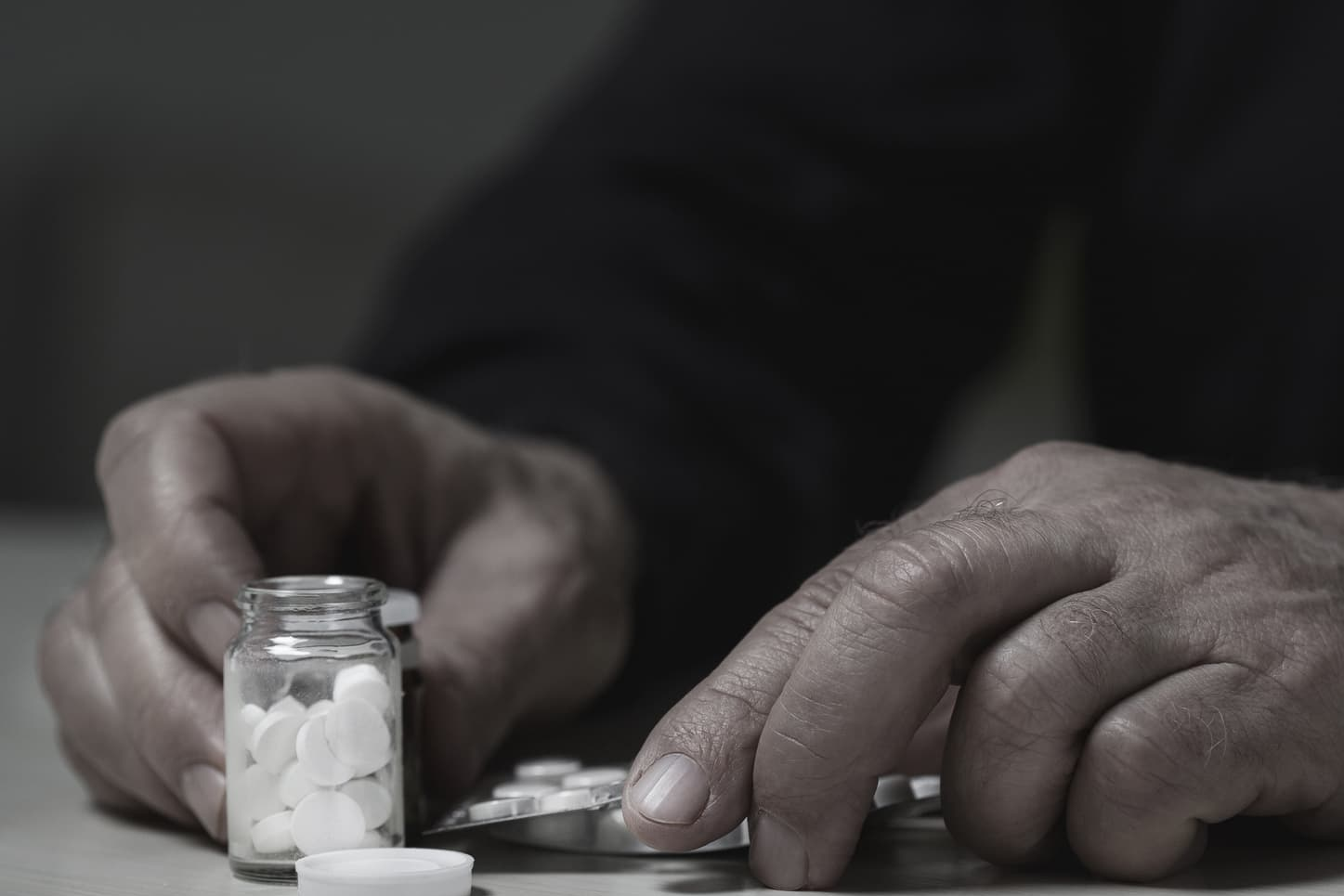Inpatient and outpatient treatment are most commonly compared in considering the choice of a treatment plan, although both have their pros and cons. The main factor that helps reveal whether one type of treatment best suits one’s needs is to identify the level of tramadol addiction.
An addiction specialist is the best person to aid one in identifying their level of addiction. Options range from mild to moderate to severe level. Typically, those who suffer from mild addiction are recommended to an outpatient care while those with moderate to severe level are recommended to an inpatient treatment.
Understanding Inpatient and Outpatient Treatment
The main difference between inpatient and outpatient treatment is the setting of the addiction treatment. Inpatient treatment houses the patient 24 hours for some time while outpatient treatment sets the patient to scheduled visits at the treatment facility where they can be free to return to domestic work right after their program.
The advantages of an inpatient treatment include:
- 2
 4-hour medical support
4-hour medical support - Structured daily program
- Fewer distractions and temptations
- No access to addictive substances
These factors allow the patient to pay full attention to one’s treatment. Daily stressors are limited and each day is structured to form new habits of a healthy lifestyle and gain insightful experiences from both individual and group therapies. However, inpatient treatment also comes with a few challenges.
The disadvantages of an inpatient treatment include:
- Leaving behind daily responsibilities at work or home
- Separation from families and friends
- More expensive cost than outpatient care
 These factors may not appeal to those who need to keep their job to earn an income and to those who financially struggle even with their basic needs. Parenting responsibilities must also be passed on to another caregiver which can add up to the expenses. This could really be quite a tough setup for some.
These factors may not appeal to those who need to keep their job to earn an income and to those who financially struggle even with their basic needs. Parenting responsibilities must also be passed on to another caregiver which can add up to the expenses. This could really be quite a tough setup for some.
Another major challenge that patients from inpatient treatment face are their transition from the facility to living on their outside. Some would struggle to live a life away from the structured program in the facility. As a solution, some patients are recommended to continue to an outpatient program or strengthen their commitment in aftercare programs.
On the other hand, the outpatient treatment also comes with its advantages and disadvantages. Although inpatient treatment provides a more intensive program as it consumes more time from the patient, this does not entail that outpatient is less effective. Outpatient programs consume 10 to 12 hours of individual and group therapies weekly.
The advantages of an outpatient treatment include:
- An affordable type of care
- Flexible schedule for the patient
- Continuity of daily responsibilities
Basically, one can go on with their personal life with outpatient care. There is no need to worry about holding off daily responsibilities, and every person can come home and spend time with families and friends. On top of that, outpatient care does not charge as much as an inpatient treatment. However, there are also certain risks at cost.
The disadvantages of an outpatient treatment include:
Scheduled medical support
Divided attention to treatment
Presence of triggers to addiction
Putting one’s personal life together with their addiction treatment could be challenging and stressful. This could be a major factor that can impede one’s recovery. On top of that, a person can just be easily exposed to all triggers of addiction with outpatient care. The risk of relapse could be high in this case.
Overall, inpatient and outpatient treatment both offer programs that can help one overcome their substance use disorder. However, the effectiveness of one type of care also depends on the patient’s condition. It is best to work closely with a medical professional in exploring the best treatment plan that suits one’s needs.
Finding A Suitable Care For Tramadol Addiction
 It is important to understand that addiction treatment comes with a cost. One can spend thousands of dollars on just a month-long care. However, this should not be the main reason for one to put off their treatment or choose a type of care against medical advice. The needs of both physical and psychological self must be the priority in choosing a treatment plan.
It is important to understand that addiction treatment comes with a cost. One can spend thousands of dollars on just a month-long care. However, this should not be the main reason for one to put off their treatment or choose a type of care against medical advice. The needs of both physical and psychological self must be the priority in choosing a treatment plan.
Determining suitable care for tramadol addiction must be identified with an addiction specialist. A tramadol use disorder that has lasted for a couple of months can lead to severe addiction or even polysubstance abuse. Tramadol, although less potent than other opioids, can magnify the strength of other addictive substances when used in conjunction.
Excessive use of tramadol can also lead to depression of respiratory function and even cause episodes of seizures which can lead to coma and death. When a person has been experiencing serious illness – physical or psychological – on top of tramadol abuse, around-the-clock treatment is the most suitable treatment for this case.
Tramadol, an opioid painkiller, works effectively in treating chronic pain. However, even by following a medical prescription, the use of the drug for at least four weeks can make one vulnerable to developing physical dependence. This is a state where the body fails to function normally without the presence of the drug.
However, physical dependence does not similarly mean addiction since addiction involves psychological dependence. It could be likely that mending one’s physical dependence on tramadol may only require outpatient care. Again, it still depends on the outcome of the assessment of a medical expert.
Before you can find a personalized treatment, be sure to get evaluated by a doctor who specialized in drug rehab. Beating addiction is not easy but with medical help and the support of your loved ones, it is possible. Treatment plans can be designed by both patient and physician, exploring all options that can serve both health and financial needs of the patient.
Bottom line is, that struggling from tramadol addiction requires immediate medical care. There are plenty of state-funded treatment facilities and programs which offer low-cost and even free addiction treatments. This follows that the cost of treatment should not be a major cause for concern.



